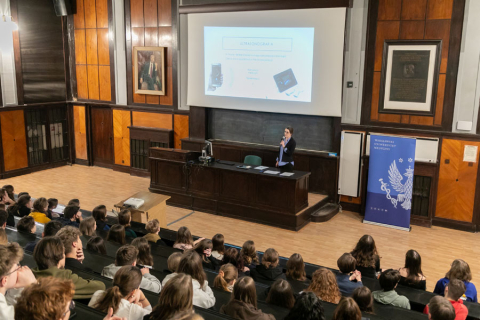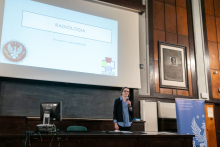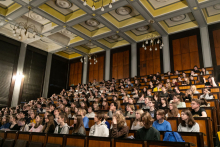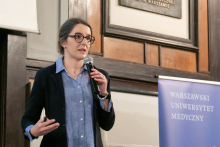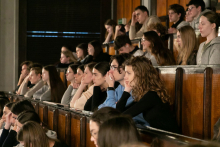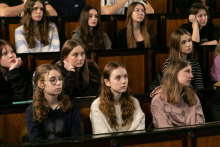What does a radiologist do?
A radiologist is a doctor after completing a 4.5-year specialization. He deals with patients of all age groups. He analyzes imaging examinations for, among other things: congenital malformations, infectious diseases, cancer, any injuries, as well as for preventive health care.
Dr. Karolina Grąt spoke about the common belief that a radiologist performs imaging examinations and operates equipment, such as an X-ray or CT scanner. She explained that this is what an electroradiologist does, while a radiologist interprets and describes the images taken with this equipment.
The radiologist also suggests, based on information received from clinicians, the method of imaging the patient and advises how to prepare the patient for the chosen procedure.
In addition, he supervises the radiology laboratory. This is important because many patients are administered a contrast agent to which some are allergic, so adverse reactions can occur as a result.
- In such a situation, as doctors we are obliged to implement appropriate treatment - the speaker said.
How many radiologists do we have in Poland?
The Supreme Medical Chamber reports that there are currently 4,300 radiologists practicing the profession in Poland. The specialty has been in high demand for several years, and nearly 1,000 of this group are radiologists before the age of 40.
- Due to the aging population and common oncological conditions, and thus the increasing number of imaging tests performed, radiologists will be in great need for a long time to come - Dr. Grąt said.
Radiology vs. artificial intelligence
- This is a very topical subject, there are many voices that AI is becoming a threat to us – radiologists - said the speaker.
She stressed that it does not seem that specialists in this field are going to be replaced by artificial intelligence. However, in the next few years, a lot of solutions from the field of artificial intelligence will certainly appear to make the work of radiologists easier and faster.
- What will happen in 40 or 50 years? It's hard to say, but keep in mind that there will always be surgical radiology and ultrasound, which will certainly be much more difficult for machines to perform - Dr. Grąt concluded.
The lecture ended with a discussion with students. The meeting was attended by Klementyna Hoffmanowa High School No. X, Władysław IV High School No. VIII, Stefan Batory High School No. II with Bilingual Branches, Tadeusz Czacki High School No. XXVII, Stefan Żeromski High School No. XL with Bilingual Branches.
We also encourage you to read Dr. Karolina Grąt's feature on a scientific project that will compare three different methods of inducing liver parenchymal hypertrophy. The study will be conducted by a team of researchers from the Second Department of Clinical Radiology, the Department of Nuclear Medicine and the Department of General, Transplant and Liver Surgery UCC MUW.
